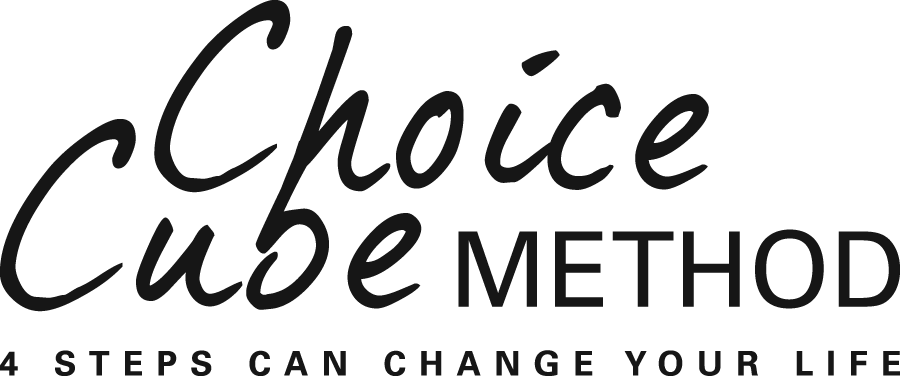Yes indeed. The best things in life come in small packages! For example, the little package of 4 positive emotions--PACS (peace, acceptance, confidence, satisfaction)--can boost your life.
But thereare 8 negative emotions--PACS-FOGD-- that can sink it. These are the 8 negative PACS-FOGD emotions you would do well to let go of right away. PACS-FOGD emotions have many expressions that vary in intensity and can overwhelm the positive ones. Take a look.
1. Pride (negative) We compare ourselves to others to feel better or superior to them. This is the flip side of shame. We try to be superior to others to avoid feeling shame.
Expressions of Pride (negative): arrogant, better-than, boastful, cold, condescending, contemptuous, critical, disdaining, judgmental, one-up, perfectionist, pitying, well-positioned, prejudiced, self righteous, self-satisfied, shameless, stiff-backed, superior, uncompromising, vain
2. Anger Unless we acknowledge and manage it well, it can easily create a downward spiral from offended to hurt to resentful to a pervasive bitter angry judgment that keeps us desperately stuck in the shadows.
Expressions of Anger: annoyed, argumentative, bitter, bloodlust, cold, cruel, demanding, destructive, distempered, despising, frustrated, grudge-holding, hateful, ill-humored, impatient, judgmental, murderous, merciless, oppositional, outraged, persecuting, pouting, rageful, rebellious, resentful, resistant, shameful, spiteful, stubborn, sullen, vengeful, vicious, violent, willful
3. Craving/Lust It is driven by our desire to have or control a person, thing, or process. It can produce behaviors that seem effective but are truly damaging.
Expressions of Craving/Lust: ambitious, busyness, compulsive, controlling, covetous, demanding, devious, devouring, envious, exploitative, fixated, grasping, greedy, if only I could, longing, lustful, miserly, never satisfied, obsessed, feeling pain, panting, perfectionist, position, power-hungry, possessive, predatory, pulled, ravenous, reckless, selfish, shameless, starved, urgent, vengeful, yearning
4. Shame It is self-conscious embarrassment, and hurts. Some people prefer to endure terrible consequences--depression, abuse, self-loathing, suicide,-- instead of facing their shame.
Expressions of Shame: a mistake, crushed, defiled, deflated, defective, deformed, dirty, embarrassment, evil, flawed, flushed/hot, humiliated, inadequate, imperfect, looking cheap/foolish/silly, no-good, pain, put-down, pitiful, red-faced, ridiculous, self-conscious, small, tortured, unsuitable, unfit, unlovable, wrong, worthless
5. Fear It feeds on uncertainty and unpredictability. We feel fear when we can’t solve a problem, or feel uncertainty and doubt. Fear is the only emotion that focuses on the future.
Expressions of Fear: afraid, anxious, avoiding, cautious, controlling, cowardly, distrustful, fleeing, frantic, guilty, hesitant, hiding, horror, hysterical, inhibited, insecure, mistrusting, nervous, out of control, panic, paralysis, paranoid, shy, suspicious, terror, tormented, threatened, trapped, uncertain, uneasy, unprotected, worried
6.Overwhelm It has 2 expressions. One: we “split off” from all feelings and become numb. Two: we feel wired, agitated, panicky, or hysterical.
Expressions of Overwhelm: apathetic, bored, bewildered, chaos, collapsed, crazy, confused, defeated, depressed, detached, discouraged, disillusioned, doomed, double-minded, exhausted, failure, forgetfulness, give up, give in, helpless, hopeless, horror, hysterical, learned helplessness, impotent, isolated, indecisive, indifferent, invisible, lazy, leaden, lethargic, lifeless, loser, negative, no control, numb, overwhelmed, paralyzed, powerless, preoccupied, resigned, shocked, stunned, spacey, stuck, suicidal, tired, trapped, unfocused, useless, why try?, worthless
7. Grief It is simply a part of life. We all sustain losses that bring us grief. It becomes a problem when we get stuck in it or are afraid to feel it for fear of drowning in it. We must release it well otherwise we strengthen it.
Expressions of Grief: abandoned, abused, agonizing, anguished, bereft, betrayed, brokenhearted, cheated, despairing, disappointed, feeling loss, forgotten, gloomy, guilty, heartsick, hurt, ignored, inadequate, irrelevant, left out, miserable, misunderstood, neglected, self-pitying, regretting, rejected, remorseful, sad, sorrowful, repentant, tearful, unimportant, unlucky, unloved, unwanted, wounded
8. Disgust It is feeling turned off, repelled, or sickened by something.
Expressions: disgusted, distaste, foul, nasty, nauseated, offensive, putrid, repelled, repugnant, revulsion, sickened, vile, “yuck”
“But I’ve been drowning in these emotions for years and don’t know how to get out of them,” you say?
The positive news is that you can stop drowning! A new way of dealing with negative emotions is available for you. Now! Copyright Dr. Beth Blevins Cujé 2009






